How Tall Do Sugar Snap Peas Grow?
Introduction
Do you too wonder How Tall Do Sugar Snap Peas Grow? Sugar snap peas are a favorite among gardeners and food enthusiasts alike, prized for their crisp texture, sweet flavor, and nutritional benefits. These versatile plants are not only easy to grow but also adapt well to various garden settings, from sprawling garden beds to compact containers on balconies. With their vibrant green vines and delicate white flowers, sugar snap peas add aesthetic appeal to any space while providing a steady supply of delicious pods for snacking or cooking.
But how tall do sugar snap peas grow, and what does this mean for their care and maintenance? Understanding their growth habits is key to maximizing their potential in your garden. Whether you’re a seasoned gardener or a beginner looking to try your hand at growing this popular crop, this guide will cover everything you need to know. From selecting the right variety to optimizing growing conditions and utilizing trellising techniques, we’ll walk you through every step to ensure your sugar snap peas thrive and produce a bountiful harvest.
Let’s dive into the world of sugar snap peas and discover how these climbing plants can transform your garden into a productive and visually stunning space.
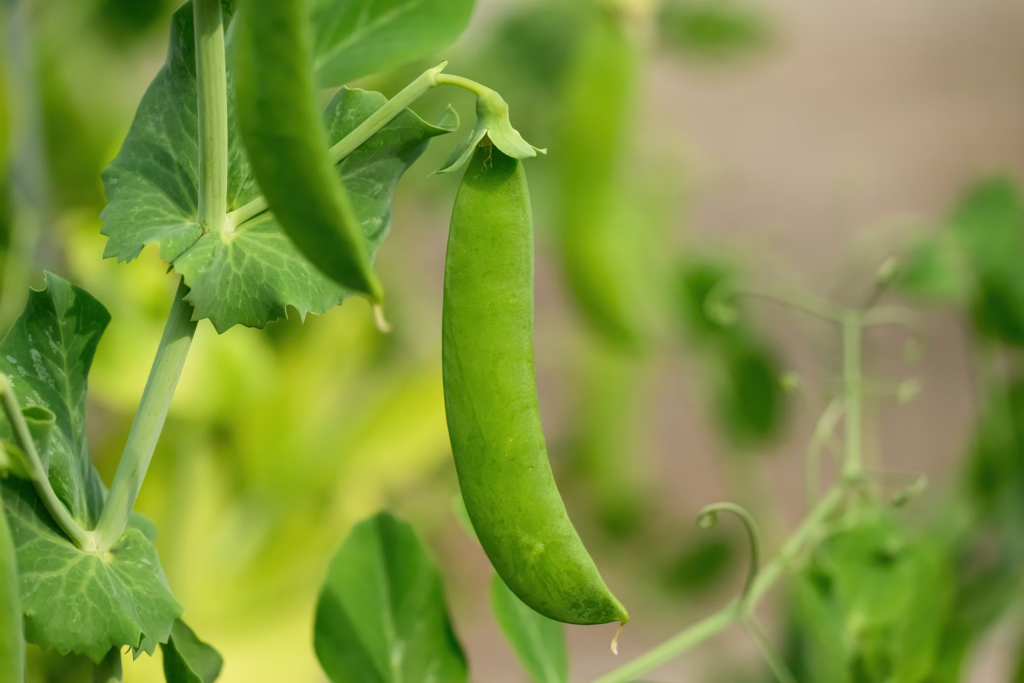
Understanding Sugar Snap Peas: Height and Growth Habits
Sugar snap peas are a climbing variety of peas, typically growing between 3 to 6 feet tall, depending on the specific variety and growing conditions. Dwarf sugar snap pea varieties grow to about 2 feet, while vining varieties can reach heights of 6 feet or more when supported by trellises or stakes. These vines have tendrils that allow them to cling to support structures, making vertical gardening an ideal approach for sugar snap peas.
The height of sugar snap peas is directly influenced by factors like sunlight, soil quality, and watering practices. With proper care, these plants can thrive and produce a plentiful harvest throughout the growing season.
Factors Affecting the Height of Sugar Snap Peas
Several factors can impact how tall sugar snap peas grow. Here’s what you should focus on:
- Variety of Pea Plant
Some sugar snap peas are naturally shorter, while others are bred to climb. Researching the variety you plant can help you anticipate their growth habits. For instance, taller varieties like ‘Super Sugar Snap’ are excellent for trellising. - Growing Conditions
- Sunlight: Sugar snap peas need at least 6-8 hours of sunlight daily. Inadequate sunlight can stunt their growth.
- Soil: Well-draining, nutrient-rich soil supports taller, healthier vines. For container planting, consider reading our guide on Growing Sugar Snap Peas in Containers.
- Support Systems
Providing a sturdy trellis, stakes, or netting can encourage sugar snap peas to grow vertically, reaching their full height potential. - Watering and Fertilizing
Consistent watering is key to healthy growth, but overwatering can lead to root rot. Fertilizers rich in phosphorus and potassium boost flower and pod production without excessive foliage growth.
Trellising Sugar Snap Peas for Maximum Height
Using a trellis or another vertical support system is vital for managing the height of sugar snap peas and ensuring they stay off the ground. Proper trellising enhances growth, maximizes yield, and keeps the plants healthy by reducing the risks of pests and diseases. Here are some effective trellising techniques to consider:
- A-Frame Trellis: This is one of the simplest and most effective options. Constructed using stakes and wire or netting, it provides ample support for taller pea varieties, allowing the vines to climb and reach their full potential.
- Netting: Affordable and versatile, netting creates a vertical framework that lets the tendrils securely cling as they grow upward. It’s an excellent option for larger gardens.
- Bamboo Stakes: Bamboo stakes are perfect for small spaces or container gardening setups. Arrange the stakes in a tepee shape to create a sturdy structure for the vines to climb.
Trellising not only encourages taller growth but also improves airflow, which reduces the risk of diseases like powdery mildew. Additionally, it makes harvesting more convenient, as the pods are easier to see and pick when suspended off the ground.
Planting Sugar Snap Peas in Containers
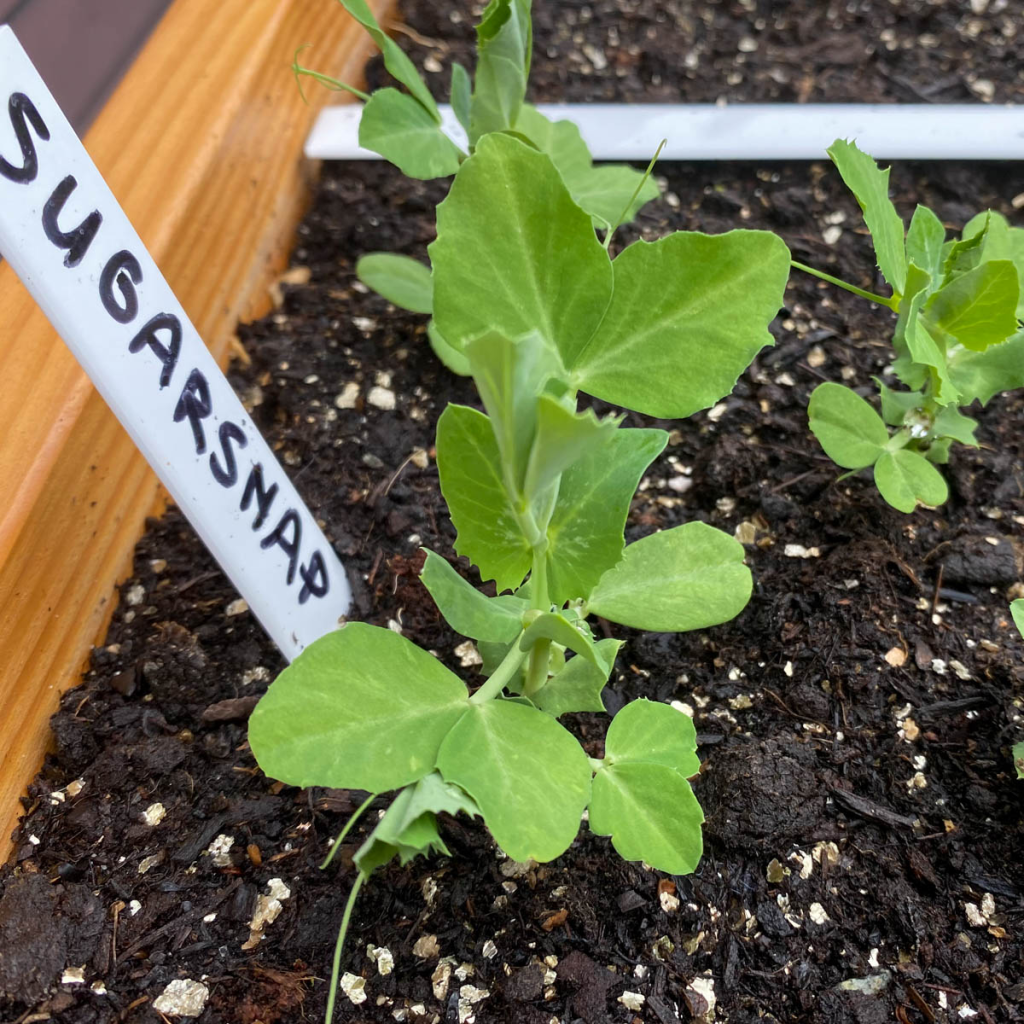
If you’re short on garden space, planting sugar snap peas in containers is an excellent alternative that offers flexibility and convenience. These peas thrive just as well in pots as they do in traditional garden beds, provided you create the right growing environment. Here’s how to ensure success:
- Choose the Right Container: Select a pot or container that is at least 12 inches deep to accommodate the root system. Ensure the container has adequate drainage holes to prevent waterlogging, as peas prefer consistently moist but not soggy soil. For aesthetic and practical purposes, lightweight containers are ideal for balconies or patios.
- Support Structures: Sugar snap peas are climbers and require vertical support even when grown in containers. Use bamboo stakes, a small trellis, or netting to guide the vines upward. The vertical growth saves space and prevents the plants from tangling or sprawling.
- Potting Mix: Use a high-quality potting mix enriched with organic matter like compost or worm castings. These additions boost nutrient availability and improve soil texture, promoting healthy root and vine development. For gardeners new to organic amendments, check out our guide on How to Use Worm Castings to enhance container gardening.
- Watering: Container-grown plants tend to dry out faster than those in garden beds, so regular watering is essential. Water deeply but avoid overwatering, as peas dislike soggy conditions. Use a DIY Plant Watering Bottle to maintain consistent moisture levels if you’re away.
- Placement: Position the container in a sunny spot that receives at least 6 hours of direct sunlight daily. If the temperature rises too high, especially in warmer climates, consider moving the container to a slightly shaded area during the hottest part of the day.
- Fertilization: Peas are light feeders, but occasional feeding with a balanced liquid fertilizer during their growth phase can boost yield and overall plant health.
Growing sugar snap peas in containers not only saves space but also allows you to enjoy fresh, homegrown produce in urban settings or small outdoor areas. With proper care, you’ll have healthy vines producing crisp, delicious peas right at your fingertips.
When to Plant Sugar Snap Peas
Timing is crucial when planting sugar snap peas. These cool-season crops thrive in temperatures between 40°F and 75°F. Planting in early spring ensures they establish roots before the heat of summer. In warmer climates, you can plant sugar snap peas in fall for a winter harvest.
For gardeners using raised beds, early planting offers an added advantage of better soil drainage and warmth. Learn more in our article on Raised Bed Vegetable Gardening for Beginners.
How Tall Do Sugar Snap Peas Grow?
Sugar snap peas are one of the most rewarding crops to grow in any garden, offering deliciously crisp pods and vibrant green vines. But how tall do sugar snap peas grow, and what should you know about their growth habits? In this comprehensive guide, we’ll explore their height, growing conditions, and practical tips to support their growth. From container gardening to trellising techniques, this article will equip you with all the knowledge you need to enjoy a bountiful harvest.
How to Care for Sugar Snap Peas
Proper care is essential to ensure that sugar snap peas grow tall, healthy, and productive. These low-maintenance plants thrive when provided with the right growing conditions and regular attention. Here are some detailed tips for caring for your sugar snap peas:
- Watering: Sugar snap peas require consistent moisture for optimal growth. Water deeply once or twice a week, depending on the weather, ensuring the soil remains evenly moist but not waterlogged. During dry spells or heat waves, you may need to increase the frequency. Use a watering can or a slow irrigation system to avoid disturbing the shallow roots. For smaller setups, a DIY Plant Watering Bottle can help maintain consistent hydration.
- Mulching: Applying a layer of organic mulch around the base of the plants helps retain soil moisture, reduce evaporation, and suppress weed growth. Mulch also keeps the soil temperature stable, which is especially beneficial during temperature fluctuations. Use straw, shredded leaves, or grass clippings for the best results.
- Fertilizing: Sugar snap peas are light feeders, but adding a balanced fertilizer or compost at planting time provides essential nutrients for strong growth. Avoid using nitrogen-heavy fertilizers, as they encourage excessive leafy growth at the expense of pods. For organic gardening enthusiasts, worm castings can be a fantastic nutrient-rich addition to the soil.
- Pruning: Regularly pinching off the tips of the vines encourages lateral growth and increases pod production. This practice not only boosts the plant’s yield but also helps manage the height of the vines, especially in small spaces or container gardens. Additionally, remove any damaged or yellowing leaves to prevent the spread of pests or diseases.
- Supporting the Vines: Sugar snap peas grow tall and require support for optimal health. Install trellises, stakes, or netting early in their growth to guide the vines upward and prevent them from sprawling. Proper support improves airflow around the plants, reducing the risk of fungal diseases and making harvesting easier.
By following these care practices, you can ensure that your sugar snap peas grow vigorously, produce abundant pods, and remain healthy throughout the growing season.
Common Problems When Growing Sugar Snap Peas
While sugar snap peas are generally low-maintenance, you might encounter these common issues:
- Pests: Aphids, slugs, and pea weevils can harm the plants. Regularly inspect leaves and use organic pest control methods. Refer to our article on Common Garden Pests for detailed solutions.
- Powdery Mildew: Poor air circulation can lead to fungal diseases. Trellising and proper spacing can minimize this risk.
- Yellowing Leaves: This often indicates overwatering or a nutrient deficiency. Adjust watering practices and consider soil amendments like compost.
Conclusion
So, how tall do sugar snap peas grow? While their height can vary based on the variety and care, they typically reach 3 to 6 feet with proper support. Whether you’re growing them in containers, raised beds, or garden plots, sugar snap peas are a delightful addition to any garden, offering nutritious, versatile pods and a fun gardening experience.
For more tips and tricks on maximizing your garden’s potential, don’t miss our detailed guide on Growing Sugar Snap Peas in Containers. Start growing these tasty treats today and enjoy the rewards of your labor!



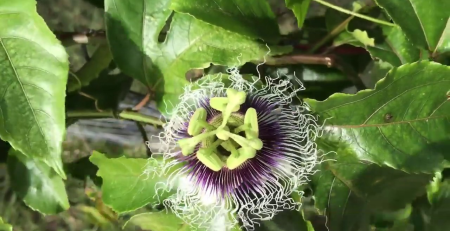

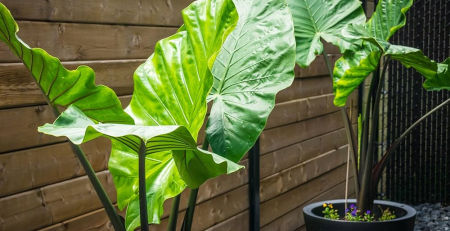

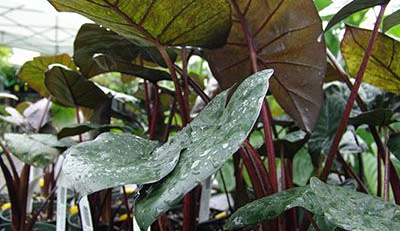
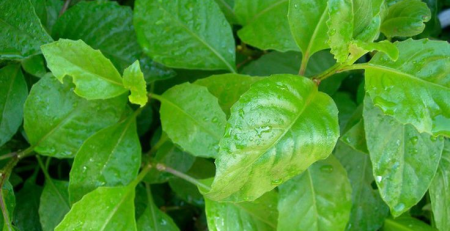
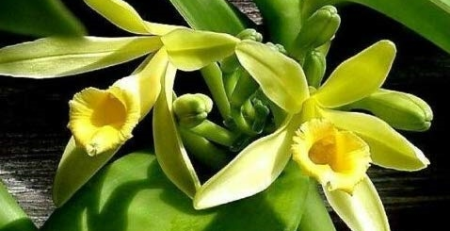
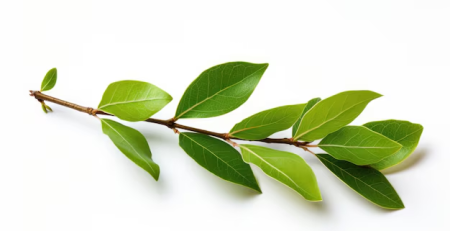
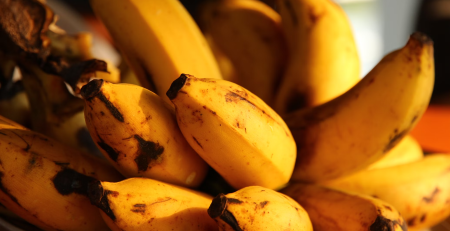
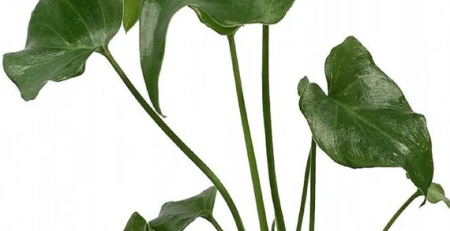
Leave a Reply